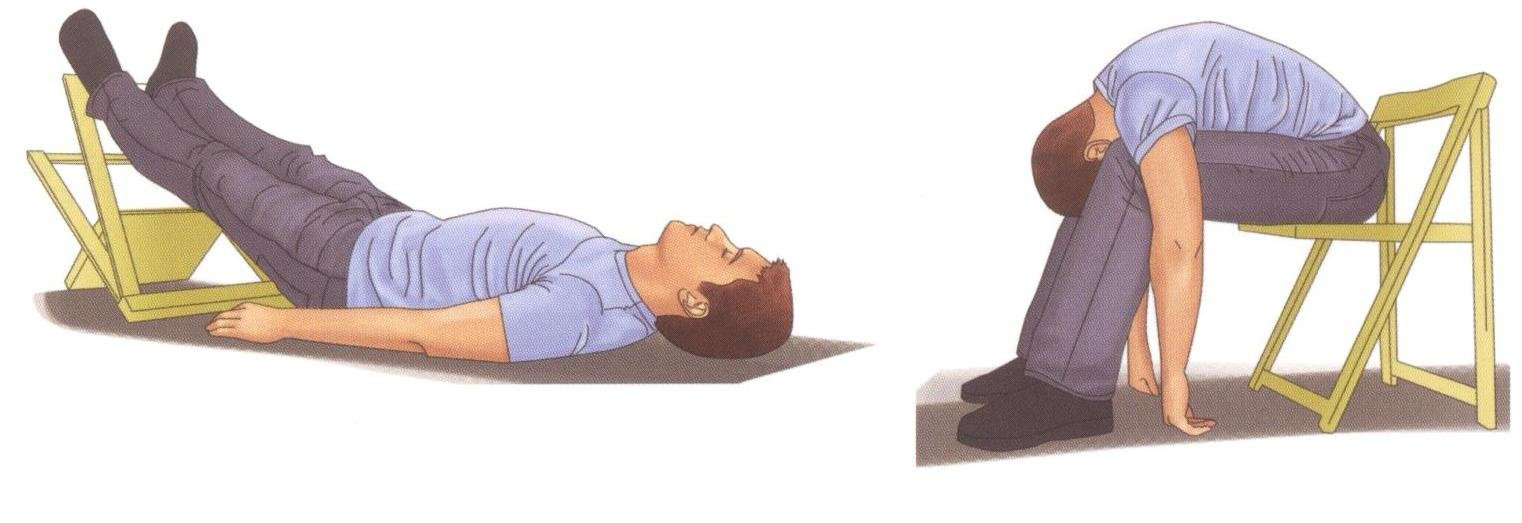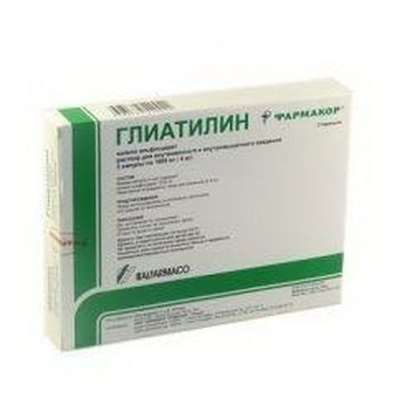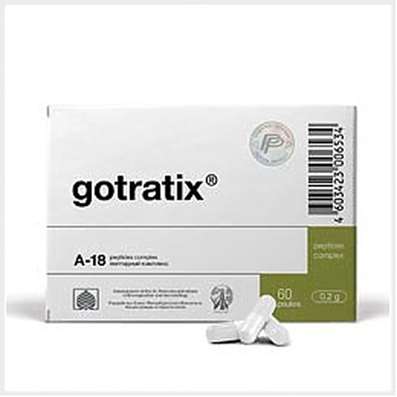Fainting. Causes and first aid
10 Dec 2018
Fainting or loss of consciousness is one of those unpleasant surprises that almost everyone can face. But how to behave in this situation? How to understand that someone is getting alongside and what help can be provided?
According to the definition, fainting is a sudden and short-term manifestation of cerebral blood supply deficiency, manifested in loss of consciousness and sensitivity disorder.

Causes of loss of consciousness can be a variety of factors - from fatigue and cardiovascular disease to increased intracranial pressure and poisoning, but in any case, we can distinguish the three main mechanisms for the onset of syncope:
- violation of blood supply;
- a significant decrease in the amount of oxygen in the arterial blood;
- marked decrease in serum glucose levels.
All faints can be conditionally divided into several types for reasons of origin: neurogenic, cardiogenic and hyperventilation.
The most frequent are neurogenic syncope, which can also occur in completely healthy people as a reflex response to stress (severe pain, fright), sudden changes in body position (orthostatic syncope), or an increase in intrathoracic pressure. Hyperventilation faints arise as a result of unconscious rapid (and deep) breathing - with fear, vegetative crisis, bradycardia, etc. Cardiogenic syncope is more common in patients with cardiovascular disease, but can also be in a healthy person if the load on the heart is too high (for example, when working in hot weather).
Symptoms and precursors
As a rule, loss of consciousness during fainting is not as sudden as it is commonly believed-most often this is preceded by characteristic symptoms, which the person himself characterizes as poor health, faintness, weakness. There may be noise in the ears, mild nausea, a feeling of dizziness, lack of air and darkness in front of the eyes. With the slow development of fainting, this condition can last from 2-3 minutes to half an hour, if the violation of blood supply to the brain develops rapidly, the pre-memory period lasts no more than 10-30 seconds.
The faint itself may be somewhat different in its manifestations. In the easiest case, a person does not even lose consciousness completely, rather feels stunned, can not stand on his feet due to severe dizziness and weakness, his skin becomes pale and becomes sweaty, hands and feet become cold. This condition can both go through 2-3 minutes, and lead to a loss of consciousness.
Classical syncope also begins with confusion and clouding of consciousness, and then the person completely "disconnects", all his muscles relax, become sluggish, and he slowly settles. I want to pay special attention to this feature, because if a person falls sharply ("flat"), his limbs and muscles are strained, then it is a question of some more dangerous state, and not a simple fainting. During fainting, blood pressure usually decreases, breathing becomes shallow, the pulse weak (do not grope for it), then within 20-30 seconds (maximum 1-2 minutes) a person gradually regains consciousness. Some time after the loss of consciousness - up to 1-2 hours - may feel a sense of weakness and weakness.
The most unpleasant option is the so-called. convulsive fainting, in which single muscle contractions or generalized convulsions (reminiscent of an epileptic seizure) join the usual clinical picture for loss of consciousness. Passes such a faint too quickly, within 2-3 minutes, and without any consequences.
Suddenly, a person can fall not only with fainting, but also with a drop-attack. In this case, the fall is not accompanied by loss of consciousness, although there may be a feeling of severe weakness in the legs and dizziness. As a rule, this happens because of short-term, but intensive compression or ischemia of the brain stem.
First aid - what you need and do not need to do
The first thing you need to do is to find someone who is close to a person who has lost consciousness - to support him, not letting him fall, and gently arrange in a horizontal position. It's best to just put the injured on your back - without throwing your head back and putting nothing under it (your head and body should be on the same level). In extreme cases, you can try to plant a person with a reliable support for the back.
Then all present should calm down and do not arrange unnecessary fuss, fainting - a short-term condition, and when restoring the blood supply to the brain (when it comes to a healthy person) goes by itself. This process can be eased with cold water - moisten the forehead and whiskey to the victim, spray his face or put a wet handkerchief / towel on his forehead. Also, you need to provide free air access: unfasten the collar and press on the belly strap.
After the consciousness begins to return, it is important that the person does not get up within 10-15 minutes, so as not to provoke a new attack. It is necessary to try to calm him, tk. nervous tension causes a spasm of blood vessels, as a result of which the blood supply of the brain weakens. You can give a drink with a weak sweet tea, but do not give coffee or other tonic drinks. they increase the burden on the heart. And of course, one should not offer a person alcohol, which in such cases is often used as a sedative, because even a small dose of ethyl alcohol dilates the peripheral vessels, depriving the brain of normal blood supply. It is not necessary to bring a person to life with the help of ammonia, he only reflexively excites the respiratory center, but does not improve blood supply.
It is highly desirable, within 30-60 minutes after fainting, to avoid smoking, taking LP, increasing and lowering the pressure or increasing the heart rate, as well as any activity related to nervous tension (for example driving a car) or physical activity (especially slopes and sit-ups).
In addition, if a person who has lost consciousness has any cardiovascular, endocrine or neurological diseases, you should always call a doctor.
What's next?
Even if the faint was single and did not cause any consequences, it is best not to leave this incident without attention and take care of your health and prevent possible relapses. It is best to find time to visit a doctor and undergo a primary diagnosis that will allow you to determine exactly whether there are any prerequisites for repeated fainting. This is especially important for people over 40, who often have inconspicuous chronic diseases at the initial stages.
For example, ECG and echocardiography should be done to exclude such dangerous causes of syncope, as arrhythmia, cardiomyopathy, pathologies of the heart valves and coronary vessels. To identify endocrine and metabolic disorders, which could cause a syncope, you can donate blood to the main biochemical indicators (blood glucose, hemoglobin, electrolytes, creatine kinase). If you suspect a neurological fainting, it is recommended to take a radiograph of the skull and cervical spine.
If no abnormalities have been detected and some special treatment is not required, drugs that improve the blood supply to the brain (ginkgo biloba, etc.), as well as metabolism in nerve cells (glycine, etc.) can be advised to prevent repeated fainting. You can also use preparations based on plant adaptogens (eleutherococcus, ginseng, aralia, magnolia vine), levocarnitine preparations, vitamins of group B, agents that improve the tone and elasticity of blood vessels (rutozide, Actovegin, diosmin).
But it is important not to forget that independent medication prophylaxis should be carried out only after consultation with the doctor and in the absence of contraindications.

 Cart
Cart





